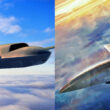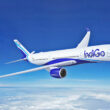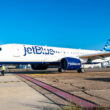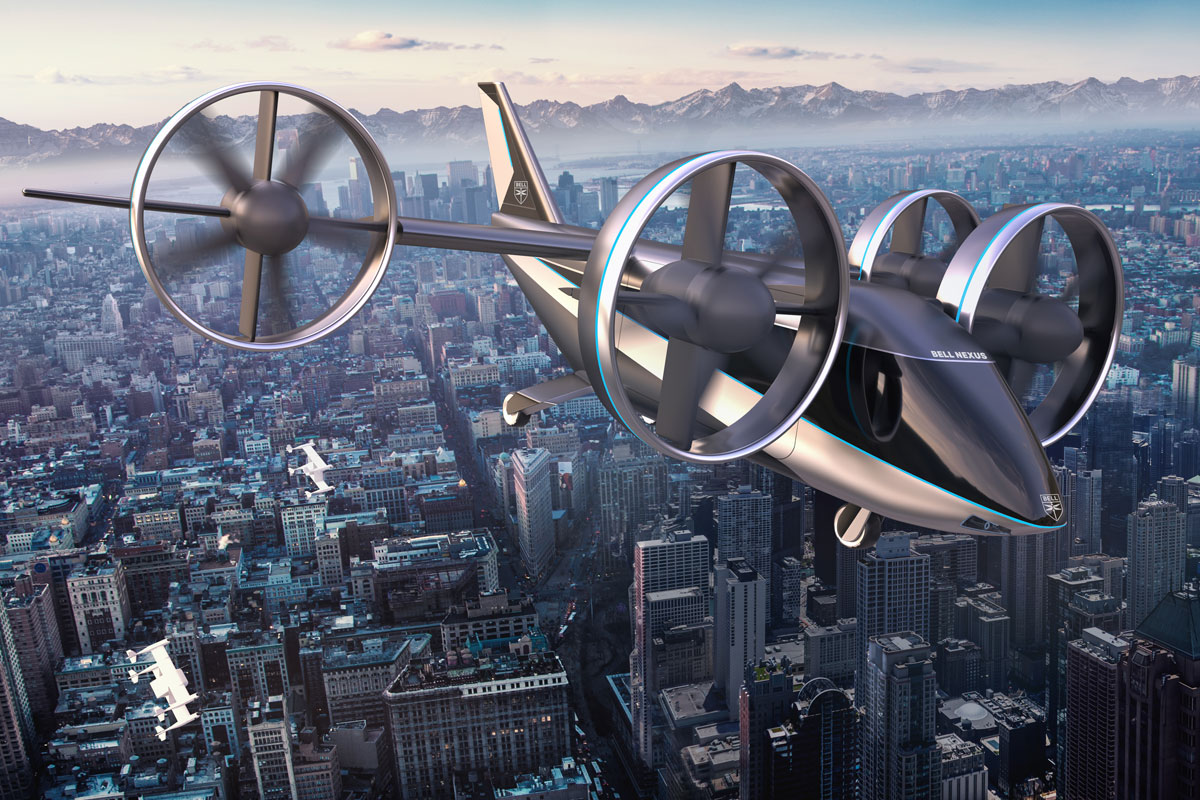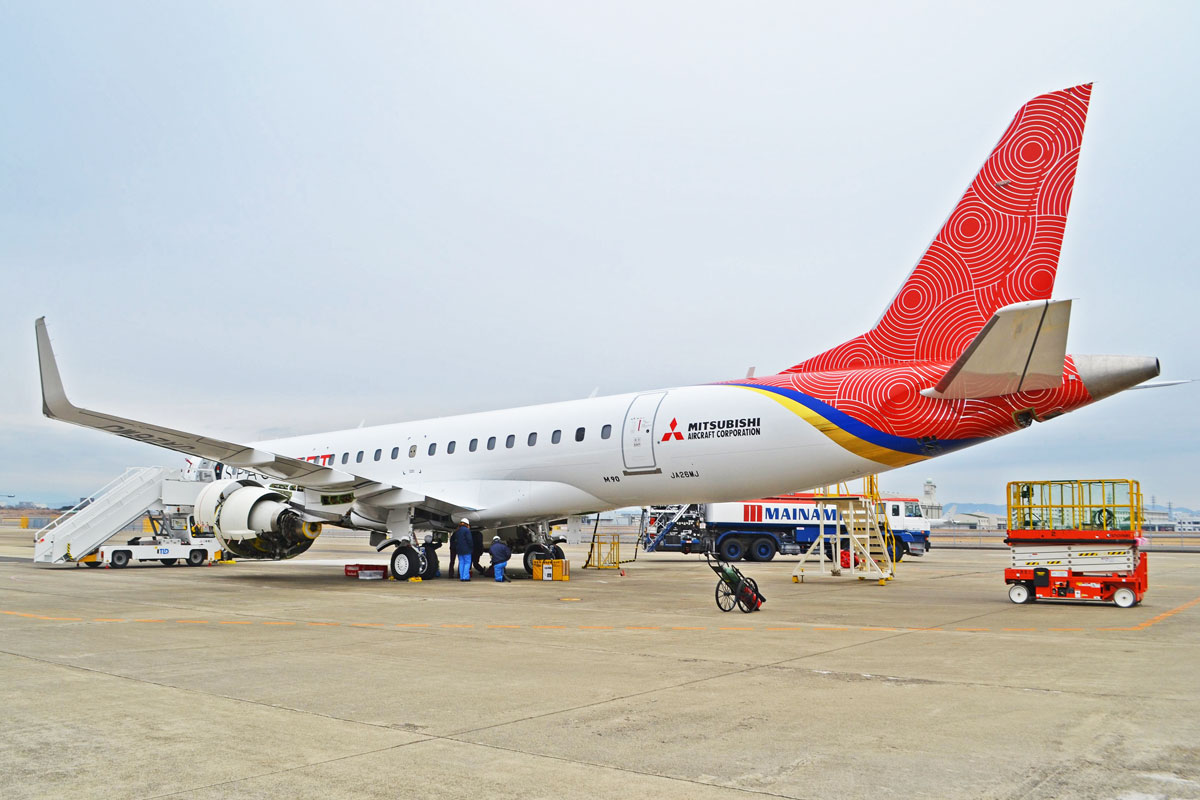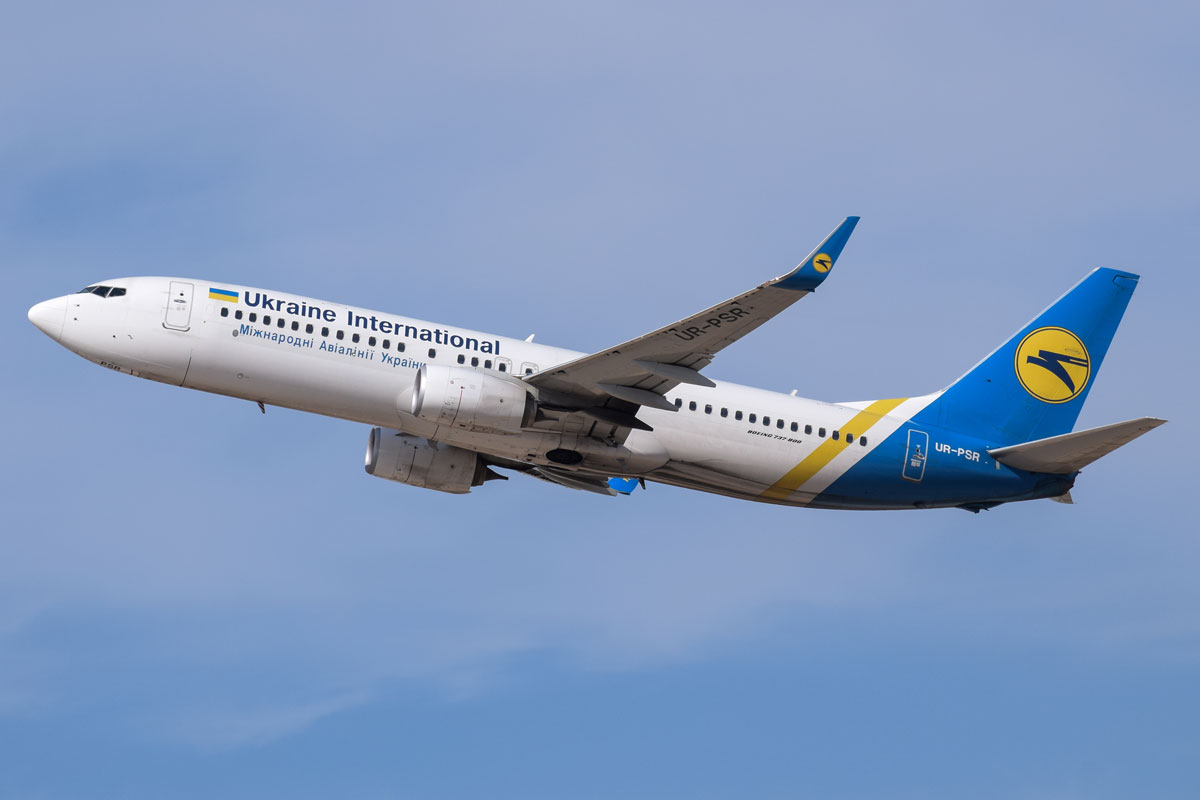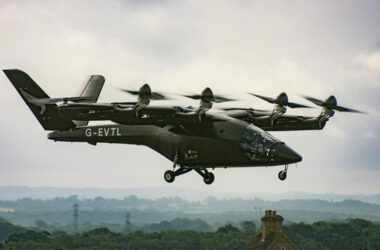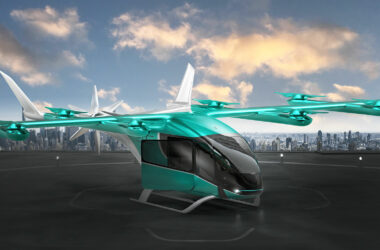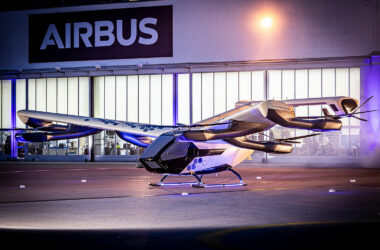When it launched its Elevate project in 2016, Uber caused a race between start-ups and major manufacturers interested in providing the air vehicles that will be used in the company’s innovative service. Partners include Boeing, Hyundai, Embraer and Bell.
The manufacturer, part of the Textron Aviation group, had participated in the Consumer Electronics Show last year, where it presented the first version of its “flying taxi”, the Nexus. At CES 2020, however, Bell presented a revised design of the aircraft, the Nexus 4EX.
The main differences from the previous design, named Nexus 6HX, are the four propeller ducts instead of six, and having a 100% electric rather than hybrid propulsion system as was the initial idea. Despite this, the US company said it will maintain the “agnostic” project, capable of receiving a hybrid set, as it sees other possibilities beyond Uber’s urban service. For Bell, one of the main requirements of the market will be autonomy, which a hybrid proposal can best answer.
With its tilting engines and fans, the Nexus 4EX is expected to reach up to 130 kt, have a range of almost 60 miles with 4 or 5 passengers and a multi-takeoff and landing operation. With fewer engines, the vehicle will have better aerodynamics and lower fuel consumption, the manufacturer believes. The company’s expectation is that the production model will start operating in the mid-decade.
In fact, the dispute for this prosperous new market goes beyond the boundaries of Uber’s Elevate project. Airbus, for example, runs in parallel with CityAirbus, a 100% four-seater, remotely piloted aerial vehicle.
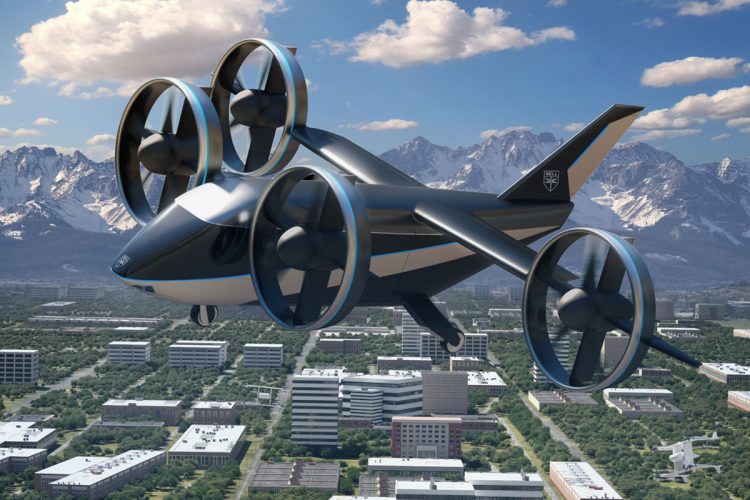
Safety
The biggest challenge for flying taxis is safety. The trend is that big cities could become an environment where this kind of vehicle will multiply, literally creating busy roads in the skies. The large number of cycles and their potential demand have motivated civil aviation authorities to be strict about certifying these models.
EASA, the European civil aviation agency, for example, has been demanding safety standards comparable to those of commercial jets. The goal is for these aircraft to have less than one major failure per billion flights.
This is a much higher rate than Uber requested in its whitepaper, the manifesto in which it invited developers to research solutions for air mobility. This document stated that these air vehicles should be at least twice as safe as automobiles. This is about four times the standard for business aircraft, but 160 times less secure than commercial aircraft operations.
Bell estimates that an aircraft like the Nexus will fly about 2,000 hours a year, performing thousands of operations and changing mobility in major cities. But it will be necessary to prove that these vehicles will indeed be safe, reliable and affordable in the future.

